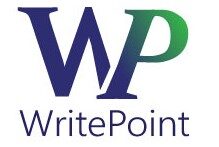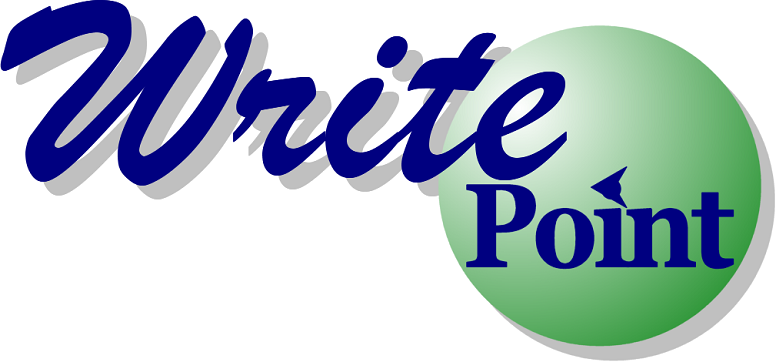I can’t tell you how many times a company has come to me and said they have an editing job for us. The content is there, they explain, it’s just a matter of editing it. Last week, a client came with this exact comment. Now, there are times when the client genuinely means this. Editing IS enough.
Perhaps it is an internal document – one that will be passed around within the company. The expected audience knows the industry, knows the product, etc. In this case, the client simply wants to have a well written, nicely formatted document containing specific information (not more, not less). In many cases, the document will be distributed to global branches and, quite honestly, the local Israeli branch does not want to be embarrassed by spelling mistakes and bad grammar.
Very intelligent people wrote the document. If I could speak and write in Hebrew as well as they can speak and write in English, I would be eternally grateful. But still, there are mistakes that need to be corrected – more based on the cultural understanding of the use of words than a lack of forethought on the part of the writer.
One example – an engineer we work with would write, “The user shall…” and I would change it to “The user can…” – Finally, the engineer asked me what was wrong with the word “shall” and why I kept changing it? I answered, “God shall; the rest of us can.” It’s a cultural thing; not something he should have known and so he was grateful for my corrections.
So, last week, once again, a client said “just edit.” But this time, it became clear that the intended audience was not internal, and the holes in the document were more severe than the client realized. While they had most of the procedures, they were missing the explanations that a user would need to know when to use the procedure. Missing was the workflow – the logic behind the way the user would use the product. Screen captures were poorly used and the quality was seriously lacking. In short, what they needed was not editing but more; what they had was a good resource document, even an excellent one. But what they did not have was a document that could easily be edited into a document for their end-users.
Being a technical writer is more than just writing words. It’s about understanding what information a user needs and, perhaps equally important, what information a user does not need. It’s about using the documentation tools we have effectively to save time and it’s about understanding the product to an extremely high level. We take the knowledge of the developer, the positioning of the marketing department, and the needs of the user and pull it all together to create a document that enhances the companies offering and helps the end-user.
Editing is an important skill. As technical writers, we must edit our own work as diligently as we edit the documents that others have written. I once had a technical writer explain that he didn’t proofread the document because he didn’t realize that checking spelling was part of the process. He didn’t realize I was serious when I had specified that the candidate I hired must be an amazing editor. I was serious – then and now.
Editing is a critical skill to have. Part of editing is knowing when to edit and when to rewrite; when to leave the style of the writer intact and when to go back to the client/employer and explain that key elements of the document are missing.
Is editing a document enough? Sometimes it is – and sometimes it is not. After explaining to the client what was missing – they budgeted a few more hours, gave us access to the developer, and ended up with a professional document they could send to their users. The user ended up with a document that will explain how to use their product and what they can accomplish with it; and we ended up with tremendous satisfaction knowing that once again, the client listened and appreciated our input.
So, once again, life is good as technical writers in Israel!

